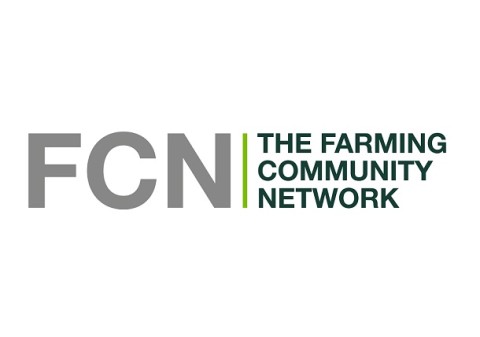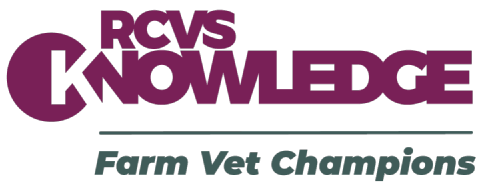Having recently attended meetings with VMD, COWS and colleagues from SVS, APHA and NOAH – BCVA is sharing the following collaborative guidance on reporting the lack of expected efficacy in cattle anthelmintic products.
Are cattle and sheep anthelmintic treatments working?
Research into the extent and spread of anthelmintic resistance in cattle and sheep indicates a UK-wide problem. However, these findings are not being reflected in the volume of reports concerning products suspected to not have worked. To encourage increased reporting, this blog, along with a related guidance article, has been developed in collaboration with the Animal and Plant Health Agency (APHA), British Cattle Veterinary Association (BCVA), Sheep Veterinary Society (SVS) and the National Office of Animal Health (NOAH).
Help to monitor anthelmintic resistance and the effectiveness of treatments
Reporting when you think a product hasn’t worked, known as Suspected Lack of Expected Efficacy (SLEE), is critical to ongoing monitoring activities for veterinary medicines.
Real-time reports from farmers and prescribers support research efforts by identifying potential problems early.
We encourage reporting of all cases, including those which may already be documented. The more information we have the more we can do at individual, local and country level, and the greater our ability to monitor anthelmintic resistance across regions.
How to identify whether an anthelmintic treatment may or may not have worked
There are many reasons why you might suspect an anthelmintic product has not been effective.
You may observe:
- Clinical disease or death due to a suspected or proven parasitic burden, despite appropriate anthelmintic treatment
- Insufficient faecal egg count reduction post-treatment
- Shortened egg reappearance period post-treatment
- Poor clinical response to treatment
- Ongoing ill-thrift or poor growth rates
The reasons why a treatment may not have work can be varied. It could be that there was something wrong with the product itself or it could be non-product related reasons.
You do not need to know why – tell us anyway.
How to report your experience
Anyone can report a SLEE case. You can report to the Marketing Authorisation (MA) Holder or directly to us. Case details (not your personal information) are shared between us and the MA Holder so there is no need to report to both.
Our online Adverse Reaction Reporting service asks for:
- Prescriber or user details
- Patient information (species, weight, sex, age)
- Product details
- Case details (relevant dates, dose and regimen)
It is important to include as much detail as possible in the report for a full evaluation. You do not need to determine if there is a problem with the product before submitting a report.
Evaluating reports and taking action if needed
Whether submitted to the MA Holder or to us directly, we monitor every case and carry out statistical analysis on the data. A significant number of reports with the same or similar product could indicate a product or batch problem.
We do not give feedback on individual cases or give clinical advice. However, you can contact the MA Holder who may provide further assistance and advice, and in some cases practical adjustments which may help.
When appropriate, we may look to add additional warnings on the product’s packaging, change the way a product is used or inform prescribers of the concerns.
Additional tools to tackle anthelmintic resistance
- In 2023 we held a research symposium to explore how the research findings from VMD-funded projects have improved our understanding of the extent and spread of anthelmintic resistance in the UK and helped to develop diagnostic tools for the detection of resistance.
- Help to increase understanding of assessment of efficacy of anthelmintics against bovine lungworm by completing the COWS lungworm survey.
- You can report a suspected lack of efficacy to the MA Holder or directly to the VMD using the online reporting form.
- See related guidance article for more information on reporting lack of efficacy to anthelmintic products used in cattle and sheep - https://www.cattleparasites.org.uk/reporting-suspected-lack-of-expected-efficacy-in-cattle-anthelmintic-products/






